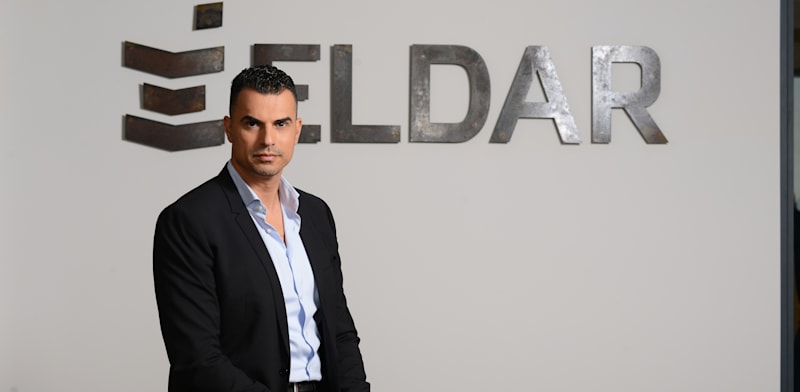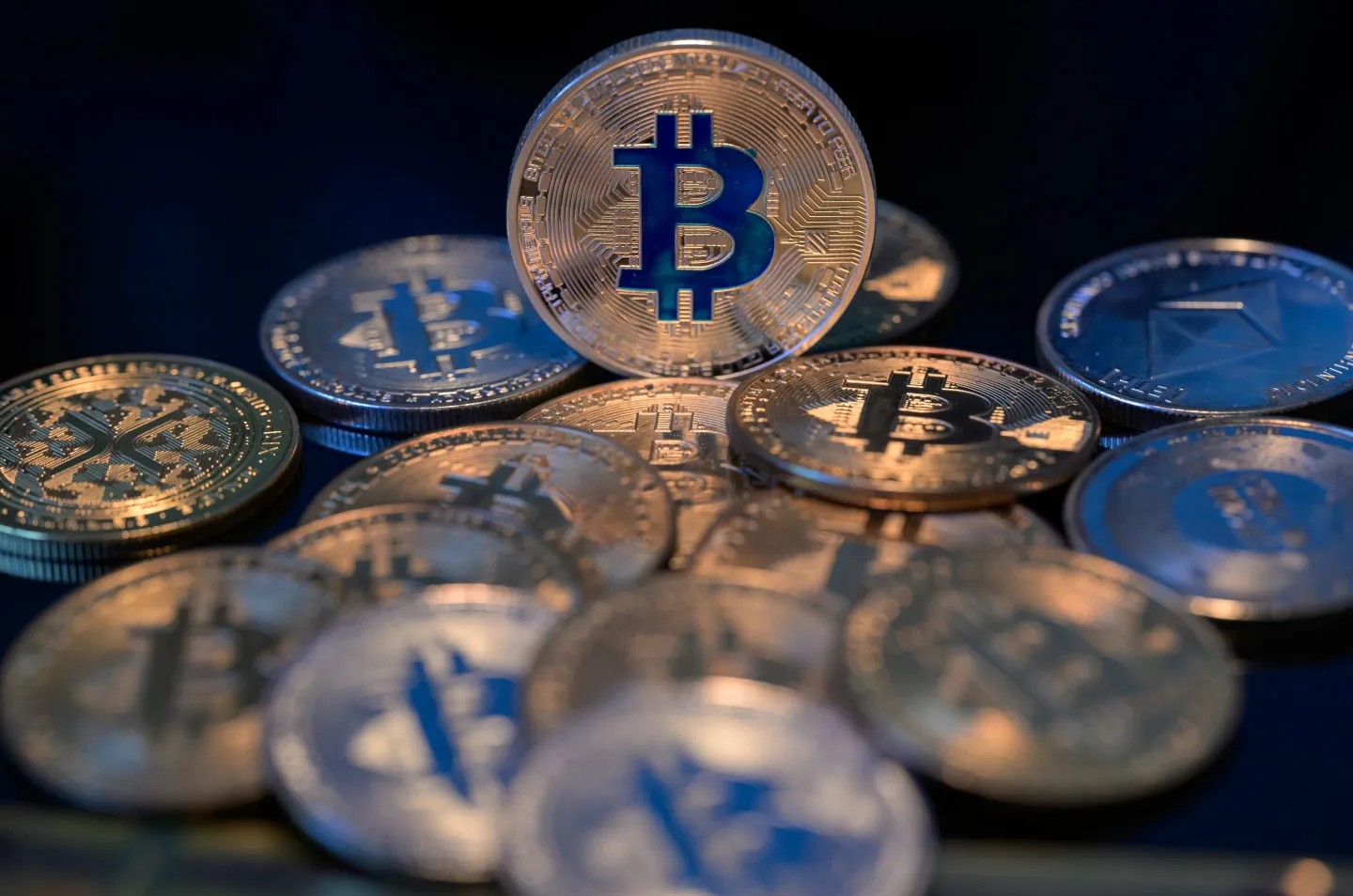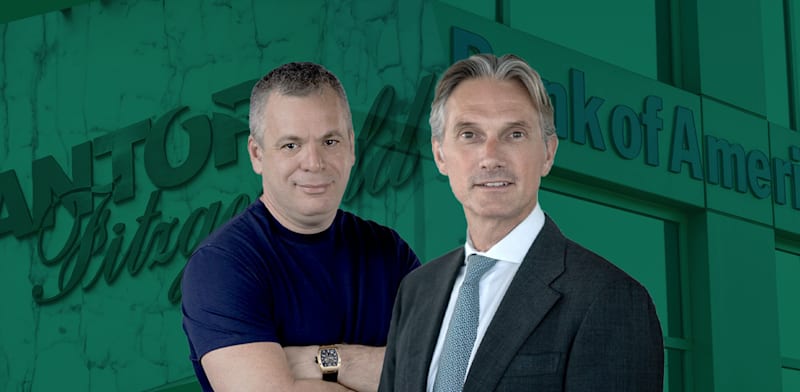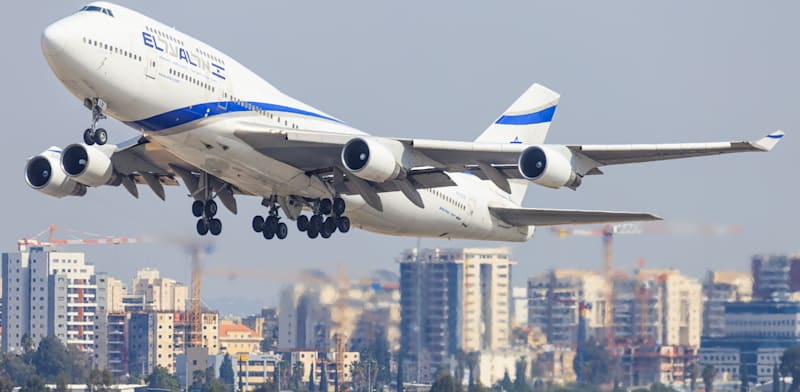![]()
To celebrate BTYSTE, SiliconRepublic.com heard from some past participants about their journey and what the event means to them.
As the 2025 BT Young Scientist and Technology Exhibition (BTYSTE) kicks off it’s a great time to reflect on what the competition means, how it inspires future generations of scientists and technologists and how it can foster some of Ireland’s brightest minds.
You need only to take a brief look at some of the winners throughout the years to see the kind of thinkers that enter the esteemed competition.
Back in 2005, a young Patrick Collison won the BTYSTE with his project CROMA – a new programming language based on one of the world’s first, Lisp, which was originally specified in the ’50s.
Collison and his brother John, who also won a prize in the BTSYTE, went on to found payments giant Stripe, which was most recently valued at around $70bn.
More recently, 16-year-old Shane Curran took home the perpetual trophy in 2017 for his project – a quantum-secure, encrypted data storage solution with multi-jurisdictional quorum sharing.
Since then, Curran has founded infosec company Evervault, which has offices in Dublin and San Francisco and raised $16m in Series A funding in 2020. Last year, the company entered the payments space with a new security platform.
While the national competition was first founded in 1965 as a science exhibition, BT is celebrating 25 years as its sponsor and organiser. Mari Cahalane, head of BTYSTE reflected on the past 25 years and said it’s “a true honour” to meet the new alumni every year.
“By participating in the exhibition, they not only become part of history, but also join a legacy of remarkable past participants,” she said. “The sense of community and achievement that comes from being part of this event is unparalleled.”
To celebrate the anniversary, SiliconRepublic.com heard from a few of those remarkable past participants about their journey and what BTYSTE means to them.
Dr Emer Hickey
Emer Hickey was part of the winning group at BTYSTE in 2013. The group’s project looked at ways to enhance crops yields using bacterial treatments. Following the national win, the young students went on to take home the top prize at the European Union Contest for Young Scientists (EUCYS) and the Google Science Fair.
Hickey went on to study microbiology at University College Cork (UCC), where she was awarded a Quercus scholarship. After this, she undertook a PhD at the University of Exeter in the UK and was awarded a NUI travelling doctoral studentship.
“Taking part in BTYSTE allowed me to discover my love for scientific research from a young age. Our BTYSTE project introduced me to microbiology, and from the age of 15, I knew I wanted to study microbiology,” she said.
Now, Hickey works as a postdoctoral research fellow at the MRC Centre for Medical Mycology. Her research spans a variety of projects, with a primary focus on intestinal immunity. She also serves as scientific adviser at the London International Youth Science Forum, a not-for-profit social enterprise that strives to empower young people from all backgrounds to pursue their potential in STEM education.
“Without doubt, BTYSTE is to thank for my current research career.”
Ciara Judge
One of Hickey’s co-winners was Ciara Judge, who was also 15 at the time of the award. Now, Judge is a PhD candidate in infectious disease modelling at the London School of Hygiene and Tropical Medicine. There, she works on new methods of tracking and mapping outbreaks that use both epidemiological and genetic concepts and data.
During the Covid-19 pandemic, Ciara worked with the European Bioinformatics Institute and Cambridge Department of Chemistry to build a pipeline for modelling SARS-CoV-2 evolution to help design variant-robust antibody treatments.
Judge is also a passionate about science communicator and has addressed audiences worldwide about her research, most recently attending the 78th and 79th United Nations General Assemblies to attend high-level meetings on pandemic preparedness, public health, and intergenerational collaboration.
She told SiliconRepublic.com that she can trace her entire journey back to BTYSTE. “Even before I participated as a student, it was actually a trip to the exhibition with my parents at the age of five that sparked my initial love for science,” she said.
“Participating in the exhibition as a teen was incredibly formative experience, teaching me lessons about the scientific method and science communication that I still use today in my PhD and my policy work.”
Cormac Harris
A more recent winner was Cormac Harris, who was part of the 2020 BTYSTE. He won along with Alan O’Sullivan for their project on gender stereotyping in young children. Following this, the duo went on to take home the top prize at EUCYS.
Now, Harris is a third-year medical student at UCC with an interest in obstetrics and neonatal medicine and is about to commence his clinical placement. Over the past few years, he has also been a judge at the primary science fair. “I always look forward to returning to the BTYSTE each January – the energy in the RDS is palpable and it is great to see young students coming up with such innovative ideas to inspire real change,” he said.
“Taking part in the BTYSTE was an enriching and life-changing experience. At just 16 years old, receiving recognition and validation for our study in a field we were deeply passionate about filled me with confidence and affirmed that my voice has the power to make a difference.”
Alan O’Sullivan
As the second half of the 2020 winning team, O’Sullivan spoke about completing the judging sessions for EUCYS from Harris’ kitchen table in the middle of their Leaving Certificate exams. “It was a unique experience as we had maths in the morning then went home for a judging session and then came back into school for English.”
Before starting university, O’Sullivan took part in Patch, a six-week summer programme for young people with creative business ideas. This opportunity came directly from taking part in the BT Business Bootcamp, which aims to give young students the commercialisation skills that are needed to develop their project ideas.
“Taking part in the BTYSTE was a life changing experience. Myself and Cormac have been friends since we were in primary school and are still very close friends,” O’Sullivan said. “After we won the 2020 BTYSTE many doors opened for us that we didn’t even know existed. These opportunities have enabled me to be where I am today.”
Now, O’Sullivan is in his third year of mechanical engineering at Munster Technological University. He has just finished working at Hibra Design, which develops bespoke vehicles and re-engineers existing ones. And this month, he will join Mercedes-Benz as part of a six-month internship.
BTYSTE begins today (8 January) with winners set to be announced on Friday 11 January. For the first time ever, the recipient of the top prize, along with four other category winners, will be awarded a trip to the World Expo in Osaka, Japan in July, while also representing Ireland at the EUCYS in September.
Speaking ahead of the event, President Michael D Higgins offered his best wishes to participating students.
“The future of humanity requires a science without borders built on co-operation in the interest of humanity, accepted as a shared responsibility,” he said. “I have faith in the ability of our young Irish scientists to locate their gifts, their brilliance, in a moral and ethical context.”
Don’t miss out on the knowledge you need to succeed. Sign up for the Daily Brief, Silicon Republic’s digest of need-to-know sci-tech news.









Leave a Comment